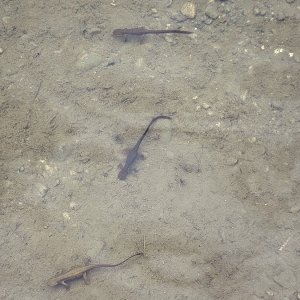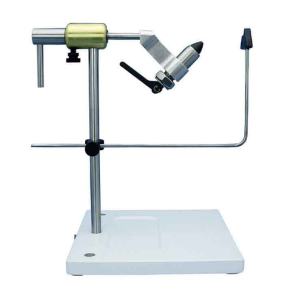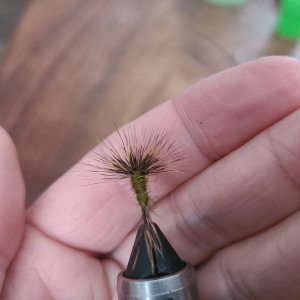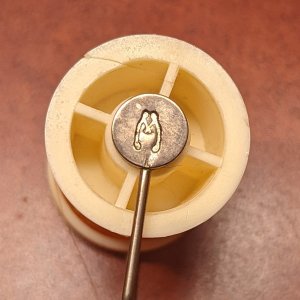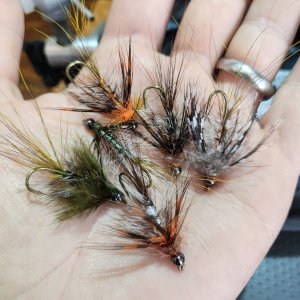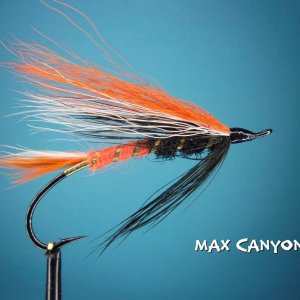I don't "know" more than anyone else here about the subject, but I can speak to my experiences.
Lakes change from day to day, whether it's where the fish are holding, what they're eating, or what the weather is doing. The best days are the calm, steady days with bugs hatching and fish rising to them; makes it easy to locate fish, but of course, most days aren't like that, so....
If the fish aren't showing themselves, it's a good idea to troll around a streamer and/or nymph until you find one. Sometimes, there will be others you can cast to nearby; other times (when fish are spread out and cruising), you might as well keep trolling...
When it's really windy, the lee side (where the water is relatively calm, on the side of the lake the predominant wind is coming from) can be good, but I find the wind-blown side is often the best fishing.
There are certain parts of lakes that always seem to "hold" fish. A lot of times, you just have to figure out where those are, but there are some patterns that can be helpful in doing that.
@Tom Butler mentioned drop-offs. In lakes where you can see a defined drop-off and fish aren't showing themselves elsewhere, concentrate your effort there. Structure is always a good place to fish. I find trout don't seem to orient to structure as much as bass and pan fish, for example, but especially in bright sun, they do sometimes seek cover.
It occurs to me as I'm writing this that where and how to approach finding fish in a lake probably depends as much on HOW you like to fish as where you're fishing. Someone who fishes a lot of still presentations (chironomids and the like) often finds success in different places (drop-offs, e.g.) than someone who likes to use more "active" presentations (more structure, etc.). Meanwhile, a dry fly aficionado may find the cruising fish they're targeting all over a lake (although some places will probably be better than others).
Overall, I think the best way to figure out a lake is to just fish it a few times. If you're paying attention, you can learn a lot in a day of even slow fishing.


